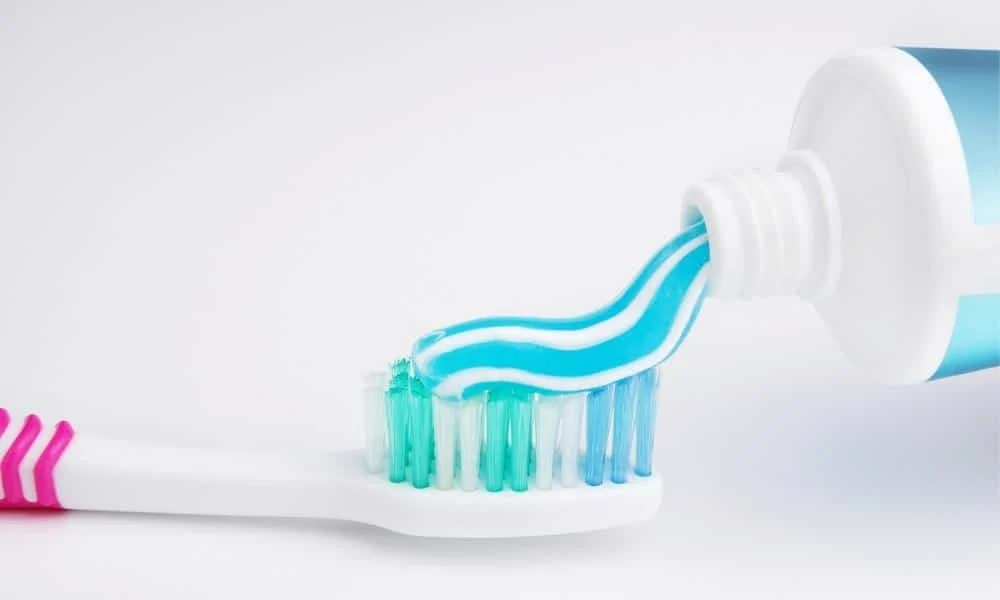Choosing the right toothpaste for yourself can be a challenging task, and at the same time, it can be confusing, mainly when the choice is between two types of fluoride. There are two types of fluoride available: stannous fluoride and sodium fluoride. Both have dental benefits, but they work differently. The correct choice for you can only be made by Springfield’s dentist. After the diagnosis, visit the family dentist in Springfield to find out which one is going to be the right choice for you.
Knowing about fluoride’s role in oral health
Fluoride is a mineral that occurs naturally and is mainly known for its oral health benefits. It helps to prevent cavities and strengthen tooth enamel. When fluoride is accounted in the mouth, it can be attached to the tooth enamel to make it unaffected by acidic foods and beverages from host bacteria and sugars in the mouth. Water fluoridation is one of the most recognized achievements that will profoundly impact the decrease in cavities in the public for generations.
According to the studies, the use of toothpaste that contains fluoride decreases the risk of cavities forming in teeth by about 24 percent as compared to toothpaste containing no fluoride. Moreover, it has been seen that in communities that have water fluoridation campaigns, a more than 25 percent reduction in cavities was seen. According to these reports, we can conclude that the use of fluoride is essential in all oral and dental products and that it has a positive impact on everyone’s dental health outcomes.
What are the benefits and drawbacks of Stannous fluoride?

The chemical composition of stannous fluoride sustains tin ions in addition to the fluoride. There are benefits and drawbacks of stannous fluoride; these include:
- The benefits of stannous fluoride are that it contains antibacterial properties and has an antibacterial effect, which certainly helps to reduce gingivitis and plaque, as well as the benefits of fighting cavities. It also helps to reduce sensitivity in teeth by forming a preventive layer over the exposed area. Due to its antibacterial qualities, stannous fluoride can help improve the overall oral health of gum and reduce the risk of gum disease. Moreover, it can be used to cure tooth sensitivity by closing the channels that eventually lead to nerves in the teeth.
- In spite of having lots of benefits from using it, there are some drawbacks to stannous fluoride, and the main drawback is that stannous fluoride can leave staining marks on teeth. However, this staining is often temporary and can be removed with dentist cleanings. Some people experience toothpaste containing stannous fluoride having a metallic taste.
What are the benefits and drawbacks of Sodium Fluoride?
Sodium fluoride is composed of sodium ions that are combined with fluoride. Here are some of the potential benefits and drawbacks of using sodium fluoride, those are:
- The benefits of using sodium fluoride are that It has the potential to prevent cavities by increasing the strength of tooth enamel. Sodium fluoride does not affect the teeth by causing stains on teeth. Sodium fluoride is one of the most frequently used fluoride in mouthwashes and kinds of toothpaste, which makes it easier to use and find.
- Potential Drawbacks of using sodium fluoride are that Limited Sodium fluoride does not have the same antibacterial qualities as stannous fluoride, which means that it may not be as effective as stannous at reducing gingivitis and bacteria. While sodium fluoride helps to fight cavities, it is a bit less effective than stannous fluoride at decreasing tooth sensitivity.
Which one is the right option for you?
You may choose between stannous fluoride and sodium fluoride according to your dental needs and preferences. You may also get advice from a dentist for more accurate results.


